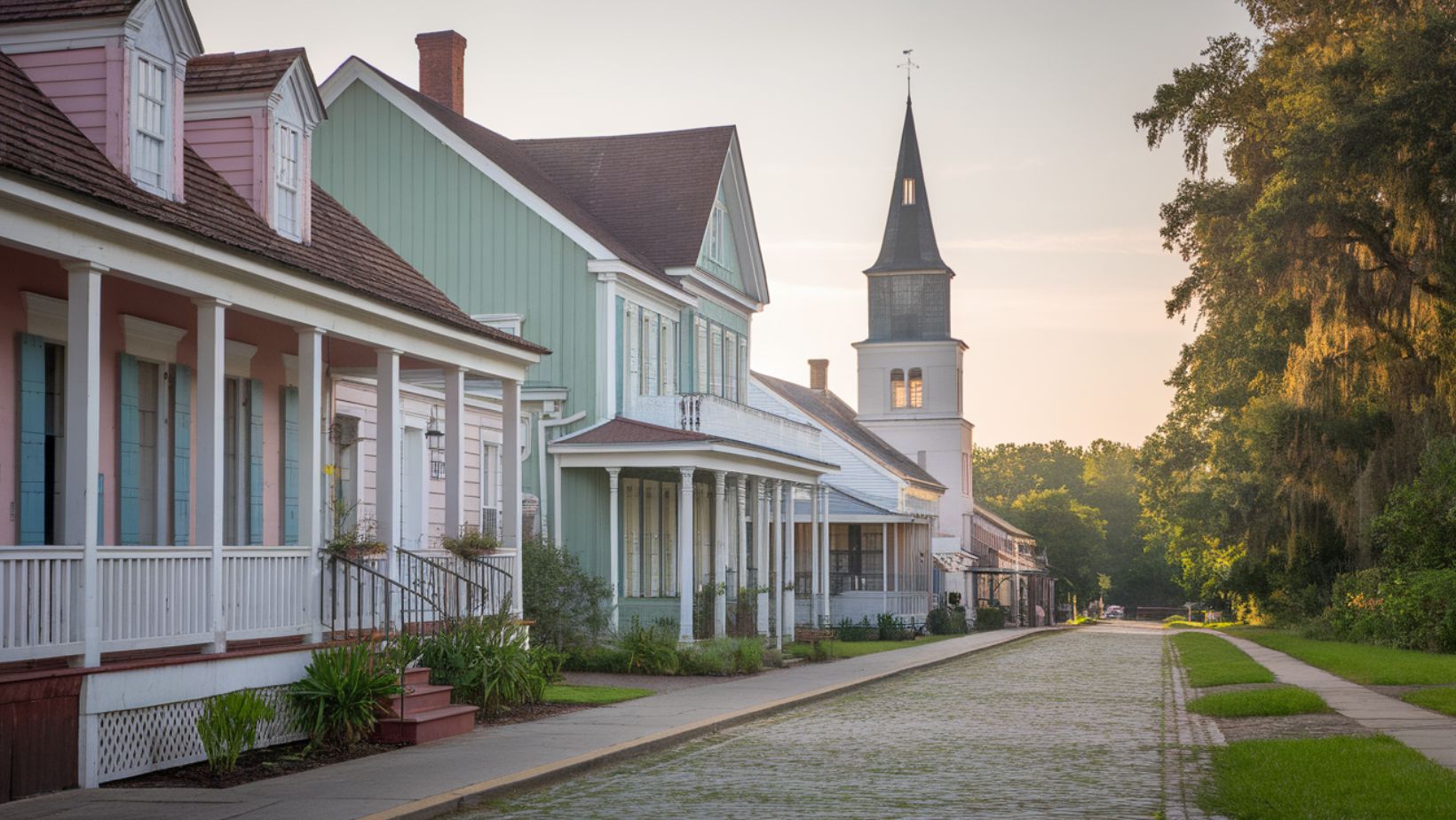Nestled along the peaceful Cane River Lake lies a hidden gem that’s been capturing hearts for over three centuries. What makes this small Louisiana town of just 18,000 residents draw over 100,000 visitors during its famous Christmas festival? How did a remote French colonial outpost transform into one of the South’s most enchanting destinations? Beyond the twinkling lights and historic facades, Natchitoches (pronounced “NACK-a-tish”) holds secrets that have captivated travelers, history buffs, and romance seekers alike.
A French Colonial Legacy That Predates New Orleans Itself Stands Proudly Along Brick-Lined Streets
Founded in 1714, Natchitoches bears the distinction of being the oldest permanent settlement in the Louisiana Purchase territory. The town’s Historic District spans 33 blocks of pristinely preserved French Creole architecture, earning its designation as a National Historic Landmark District. Wrought-iron balconies, colonial cottages, and grand townhouses line the original streets, while massive oak trees draped in Spanish moss create natural canopies above the historic brick thoroughfares.
The Famous Natchitoches Christmas Festival Transforms The Town Into A European Style Winter Wonderland
Since 1927, the Natchitoches Christmas Festival has drawn visitors from across the globe, featuring more than 300,000 lights and 100 set pieces along the riverbank. Local historians note that the festival was inspired by European Christmas markets, particularly those in France, creating a unique blend of Southern hospitality and Old World charm. The six-week celebration includes weekend fireworks displays, boat parades, and holiday markets that would feel at home in any European city.
Cane River Creole National Historical Park Tells The Complex Story Of Southern History
Just outside town, two preserved Creole plantations – Oakland and Magnolia – offer visitors an unflinching look at plantation life along the Cane River. The National Park Service maintains these sites as living museums, where visitors can explore the intersection of French, Spanish, African, and Native American cultures that shaped the region. According to park records, over 50,000 annual visitors come to understand this complex heritage through guided tours and living history demonstrations.
Local Culinary Traditions Showcase Three Centuries Of Cultural Fusion
The iconic Natchitoches meat pie, recognized by the state legislature as Louisiana’s official state meat pie, epitomizes the town’s unique culinary heritage. Local restaurants serve these savory hand pies using recipes passed down through generations, with some establishments dating back over 100 years. Beyond meat pies, the town’s restaurants offer a distinctive blend of Creole, Cajun, and French cuisine that reflects its multicultural history.
The Cane River Lake Creates A Romantic Backdrop That Rivals European Waterfronts
The 33-mile-long oxbow lake that curves through Natchitoches provides a scenic setting for romantic strolls, riverboat tours, and waterfront dining. The recently renovated riverbank features manicured gardens, historic monuments, and comfortable benches where visitors can watch the sunset over the water. Wedding planners report that the downtown riverfront hosts over 200 ceremonies annually, making it one of the most sought-after wedding venues in the region.
Modern Amenities Meet Historic Charm In Boutique Hotels And BnBs
The town’s historic district features over 30 bed-and-breakfasts housed in restored 19th-century homes, offering modern luxury within historic settings. These accommodations range from intimate couples’ retreats to grand manor houses that can host entire wedding parties. Tourism statistics show that overnight visitors spend an average of 2.8 nights in Natchitoches, with peak occupancy during the Christmas season and spring wedding season.
